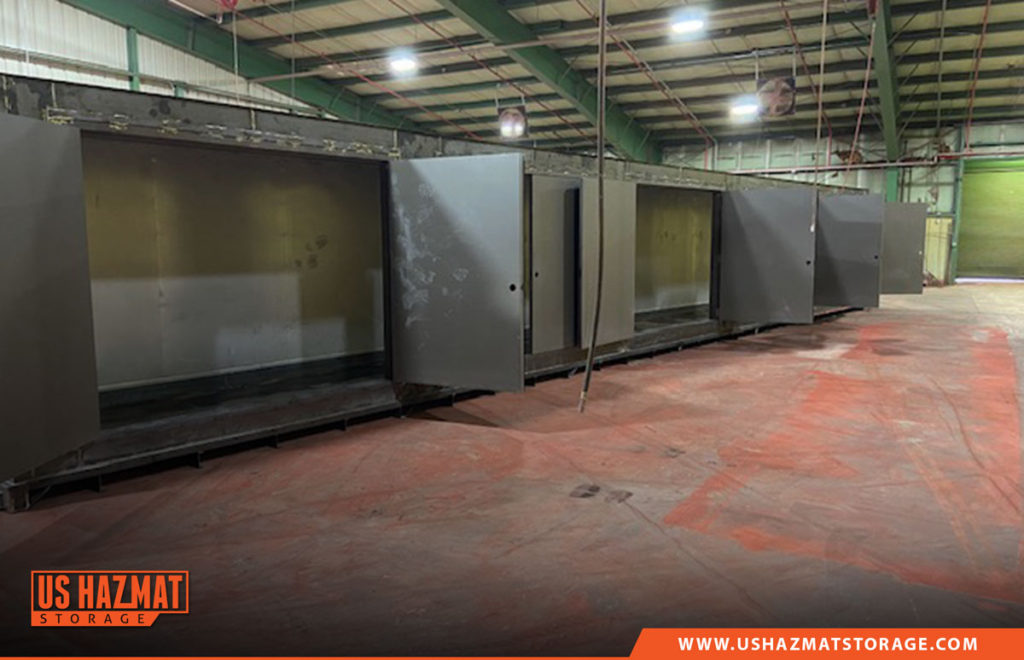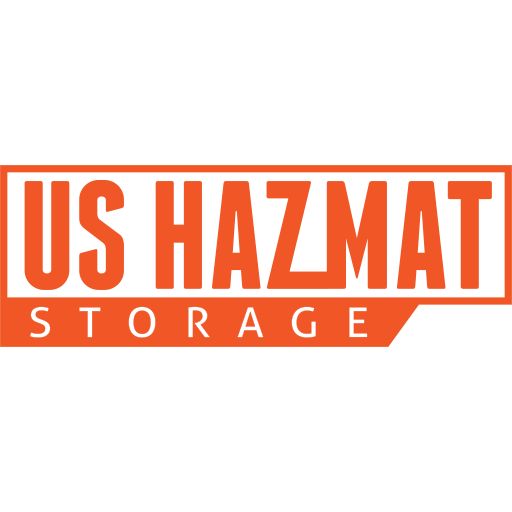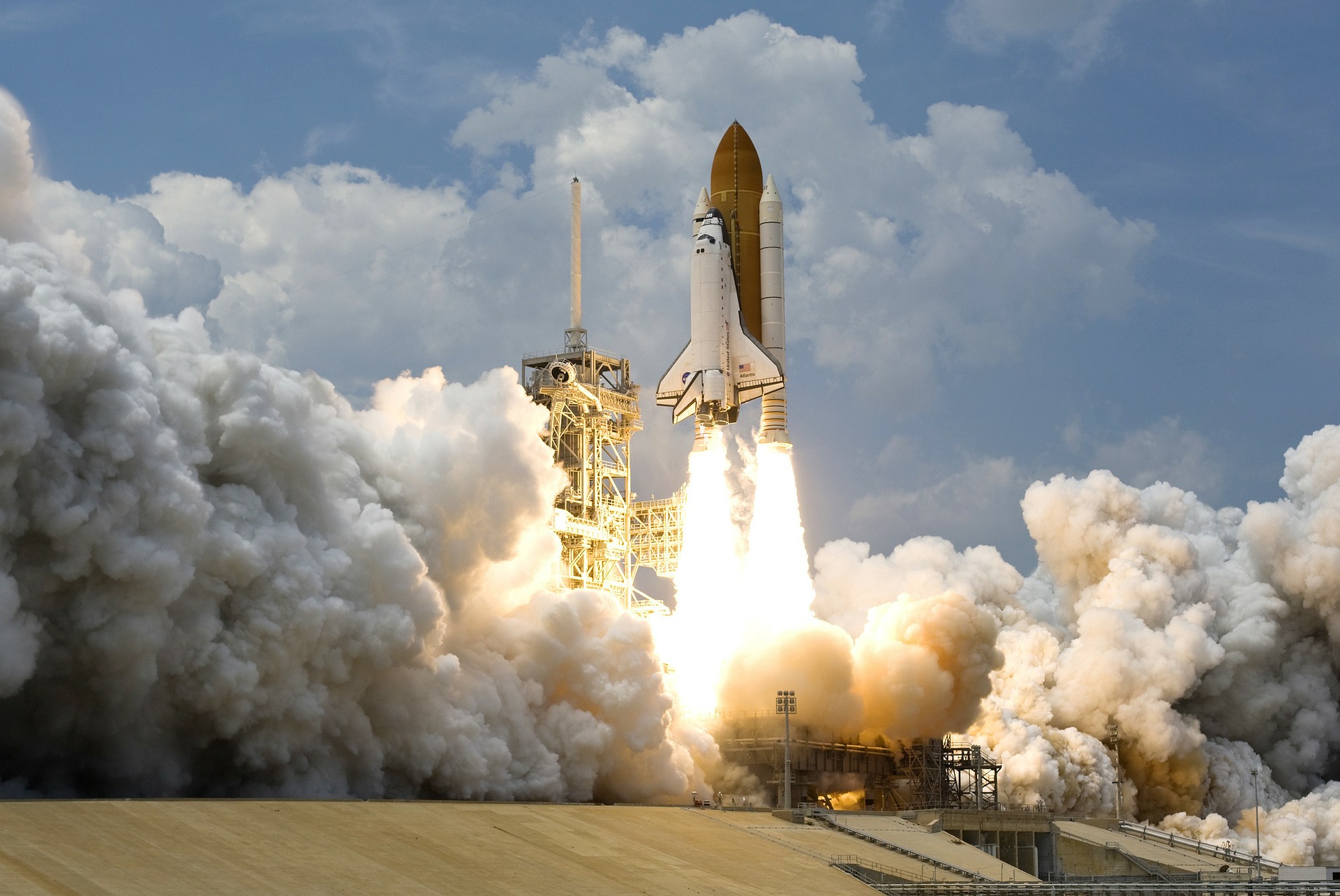Ever since the Soviet Union launched the world’s first manmade satellite, America has become obsessed with conquering humanity’s final frontier. Growing fascination with the stars and curiosities of our own provenance has propelled our chemical propelled spacecraft and imagination further into the cosmos. The true scope and magnitude of the rocketing space program is phenomenal as it is ingenious. In just a first short decades, humans went from barely being able to lift off the ground to landing on the moon – a remarkable feat that has yet to be topped. But the years that followed the lunar missions were mired with uncertainty, as well as a tad of disillusionment. Failed space voyages, including the doomed Challenger launch, and decreases in funding scuttled future missions. Today, the private aerospace sector’s partnership with NASA has boosted morale and the prospect of future interstellar exploration with Mars the next terrestrial exploration. With the federal government’s monopoly of space exploration being eclipsed by the deeper pockets of eccentric billionaires, the next space race will between competing companies and not nations. And while nuclear or magnetic propulsion systems could one day propel us to the deeper depths of our universe, fossil fuels and chemical rocket propellants will likely continue to power the chariots of the gods for years to come.
To Infinity Compliance and Beyond!
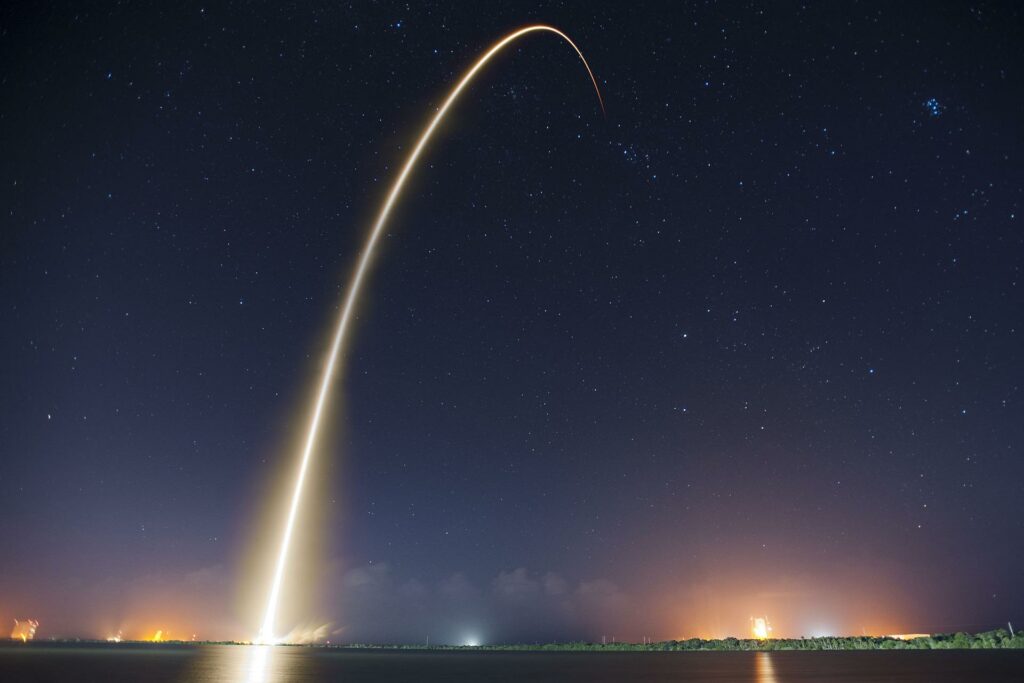
Landing on Mars is no longer a work of science fiction. America now possesses the technological experience and landing equipment to conquer the Milky Way – and that’s just the aircraft that we know about. While we won’t venture to far into what our government has reversed engineered off-the-books, we can safely assume that we have exploratory aircraft and equipment that makes Star Trek look like the History Channel, and no, we aren’t talking about the crazy haired dude on “Ancient Aliens.” But what hasn’t changed is the fuel loads and rocket propellants spent to power mammoth space vehicles. It takes thousands pounds of boost and thrust to launch large rockets and space shuttles into the exosphere and beyond. Once space bound, multi range rocket systems must still rely on additional boosters to navigate further into space and away from celestial orbit. Upon landing on other planets and their natural satellites, our space exploration vehicles still need additional fuel to jettison off the planet and rendezvous with an exit craft awaiting in orbit to take our explorer homes. Needless to say, tremendous fuel reserves and cells must be on hand for easy distribution and disposal.
‘One Small Step’ in Rocket Propellant Storage Compliance is the Next ‘One Giant Leap’ in Space Exploration
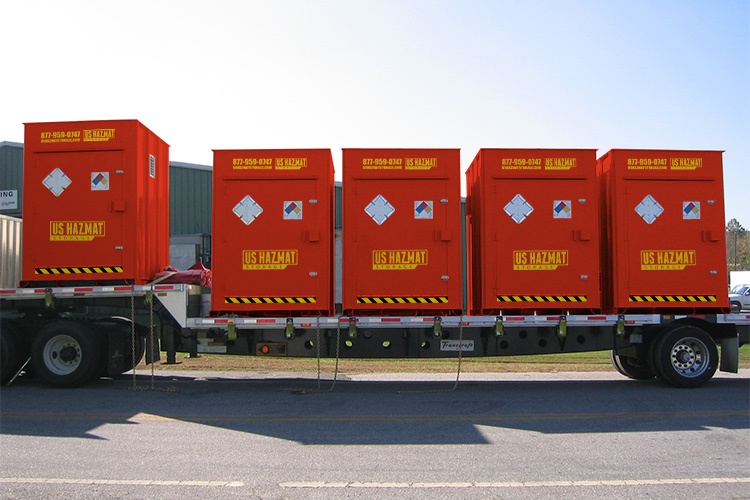
As you might imagine with any new piece of aviation technology, the craft must first pass a series of rigorous tests before it can be deemed “space ready.” During design and testing, crews and engineers must have an ample supply of rocket propellant and fuel to supply to the prototype space craft. Engineers, welders, and technicians must also have easy access to lubricants, degreasers and industrial strength cleaners during the design and test phase. Design facilities, such as Lockheed-Skunkworks, Space X and Blue Origin, rely on large supplies of these objects during design and manufacturing. U.S. Hazmat Storage has engineered a line of chemical storage lockers that feature refrigeration and climate controlled environments to house and protect these very chemicals.
